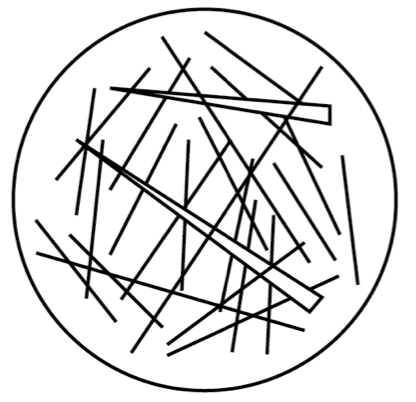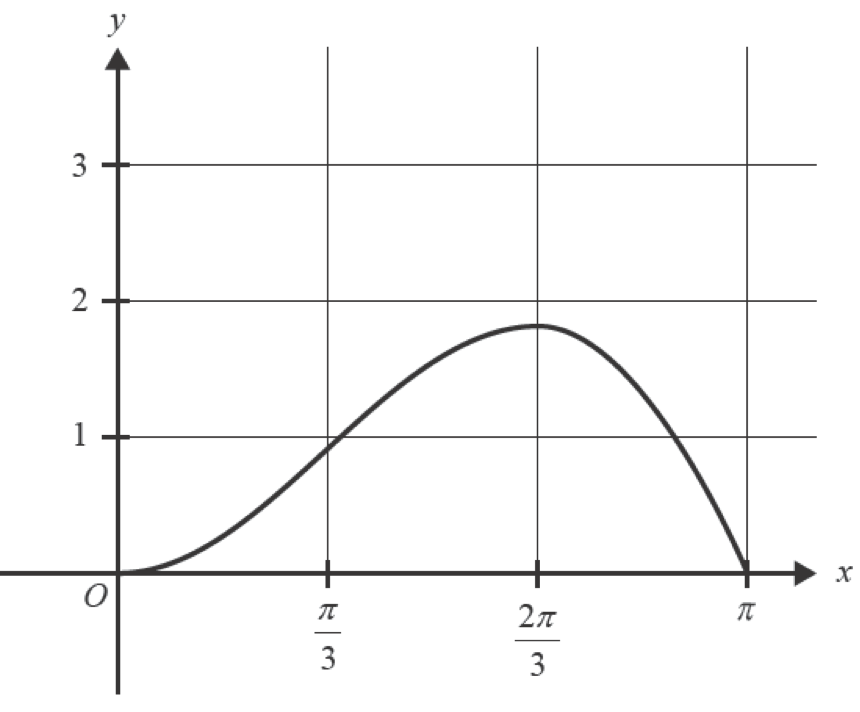Explain how the respiratory and circulatory systems work together to support an athlete during a 5 kilometre run. (6 marks)
--- 18 WORK AREA LINES (style=lined) ---
Show Answers Only
- During a 5km run, increased muscle activity creates higher oxygen demand, which triggers the respiratory system to increase breathing rate and depth.
- This enhanced ventilation allows more oxygen to reach the alveoli for gas exchange.
- Simultaneously, the circulatory system increases heart rate and stroke volume, resulting in greater cardiac output.
- These cardiovascular changes facilitate more oxygenated blood to be delivered to working muscles.
- Gas exchange intensifies at the alveoli, where oxygen diffuses from air to blood due to concentration gradients.
- The increased blood flow creates optimal conditions for oxygen uptake in the lungs.
- At muscle capillaries, oxygen diffuses from blood to tissues, while carbon dioxide moves in the opposite direction.
- This continuous exchange cycle ensures sustained aerobic energy production throughout the run.
- Both systems adjust breathing and heart rate proportionally to exercise intensity, maintaining adequate oxygen supply.
- As a result, the coordinated response of both systems enables the athlete to sustain performance during the 5km run.
Show Worked Solution
- During a 5km run, increased muscle activity creates higher oxygen demand, which triggers the respiratory system to increase breathing rate and depth.
- This enhanced ventilation allows more oxygen to reach the alveoli for gas exchange.
- Simultaneously, the circulatory system increases heart rate and stroke volume, resulting in greater cardiac output.
- These cardiovascular changes facilitate more oxygenated blood to be delivered to working muscles.
- Gas exchange intensifies at the alveoli, where oxygen diffuses from air to blood due to concentration gradients.
- The increased blood flow creates optimal conditions for oxygen uptake in the lungs.
- At muscle capillaries, oxygen diffuses from blood to tissues, while carbon dioxide moves in the opposite direction.
- This continuous exchange cycle ensures sustained aerobic energy production throughout the run.
- Both systems adjust breathing and heart rate proportionally to exercise intensity, maintaining adequate oxygen supply.
- As a result, the coordinated response of both systems enables the athlete to sustain performance during the 5km run.


